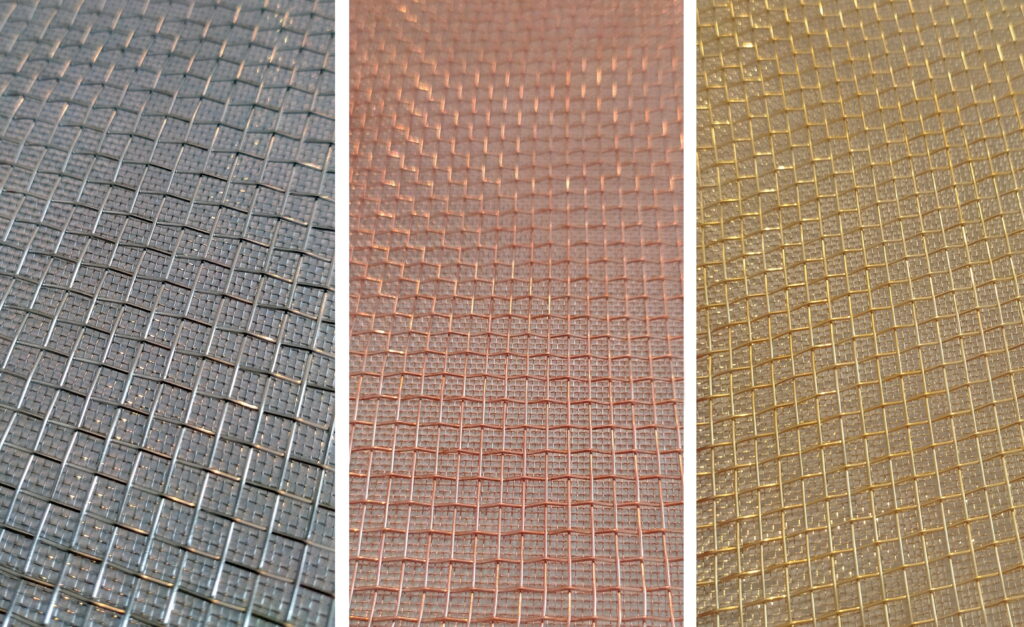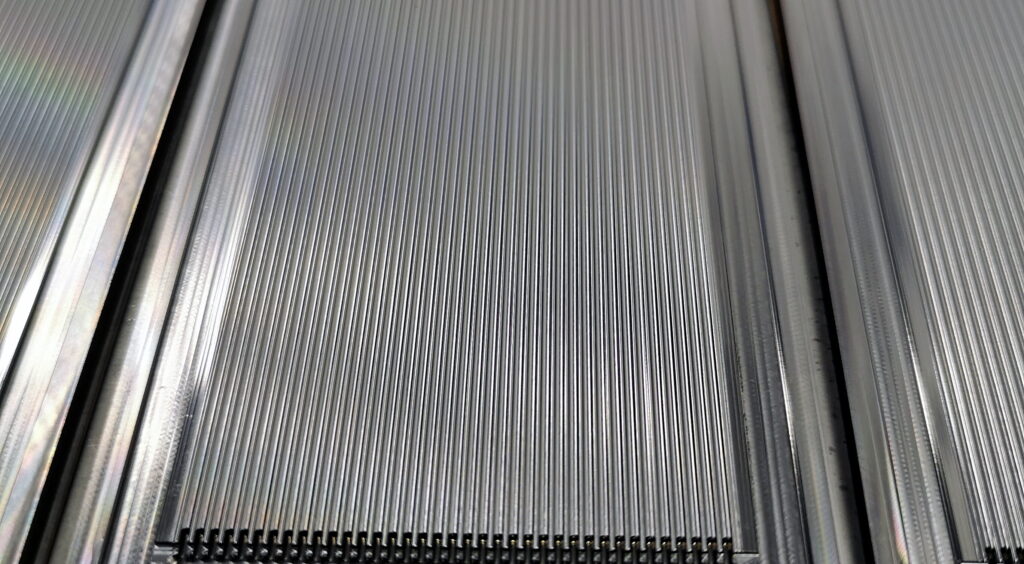magtec GmbH
Bahnstrasse 73
67518 Ellerstadt, DE
coating solutions
coating solutions



For our customers in the rapidly growing hydrogen economy, we coat various components for fuel cells and electrolyzers:
So-called cold combustion takes place in fuel cells, where chemical energy is converted into electrical energy. For example, in a hydrogen-oxygen fuel cell, both elements react to form water, releasing electrical energy.
In electrolyzers, the opposite process occurs: by adding electrical energy, for example, water can be split into hydrogen and oxygen. The electrical energy supplied can therefore be stored indirectly in the form of hydrogen. The hydrogen produced in this way can be stored and transported and later “burned” again in a fuel cell.
Fuel cells and electrolyzers are made up of stacks of so-called bipolar plates (BiP), with membranes and layers in between for gas diffusion (GDL) and gas transport (PTL). In the past, the BiP were often made from titanium sheets and GDL or PTL from Ti-based materials and were sometimes provided with galvanic coatings. In order to use cheaper steel materials and at the same time achieve a sufficiently long service life, corrosion protection coatings are required that also have high electrical conductivity.
Using PVD, layers with high corrosion protection and at the same time high conductivity can be deposited.
We supply our customers with coatings for prototypes and small series in this area and carry out coating developments on behalf of customers.